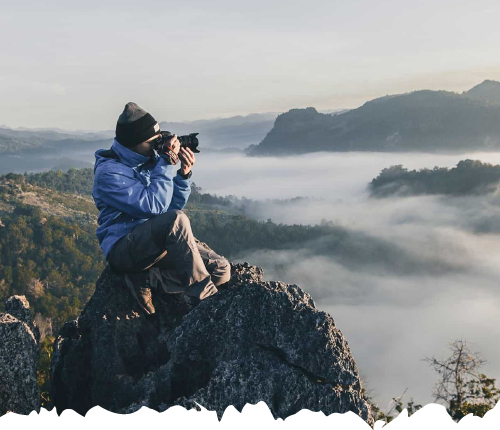I made a design like this
How to mask the background with css?
I have tried code like this
.img-poster {
display: block;
max-width: 100%;
-webkit-mask-image: url(https://cdn.pbrd.co/images/GYiCod1.png), url(https://cdn.pbrd.co/images/GYiCQsM.png);
-webkit-mask-position: bottom center, center center;
-webkit-mask-repeat: no-repeat, no-repeat;
}
.add {
-webkit-mask-composite: add;
}<section class="section poster-container">
<img src="https://imagejournal.org/wp-content/uploads/bb-plugin/cache/23466317216_b99485ba14_o-panorama.jpg" alt="" class="img-poster add img-responsive">
</section>The mask image I used are
https://i.sstatic.net/fg2k5.png
https://i.sstatic.net/zmylJ.png
Can you guys tell me what is wrong in my code? I know I can just import to png, but I tried to use css

